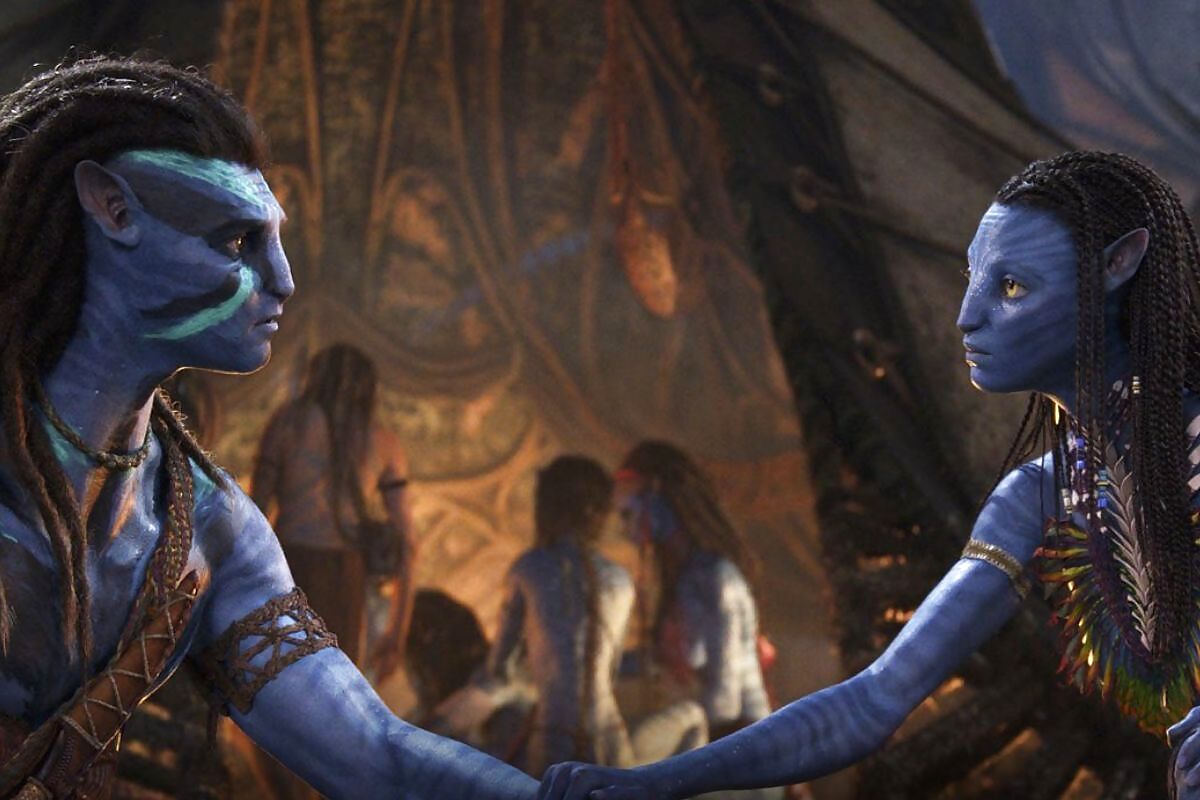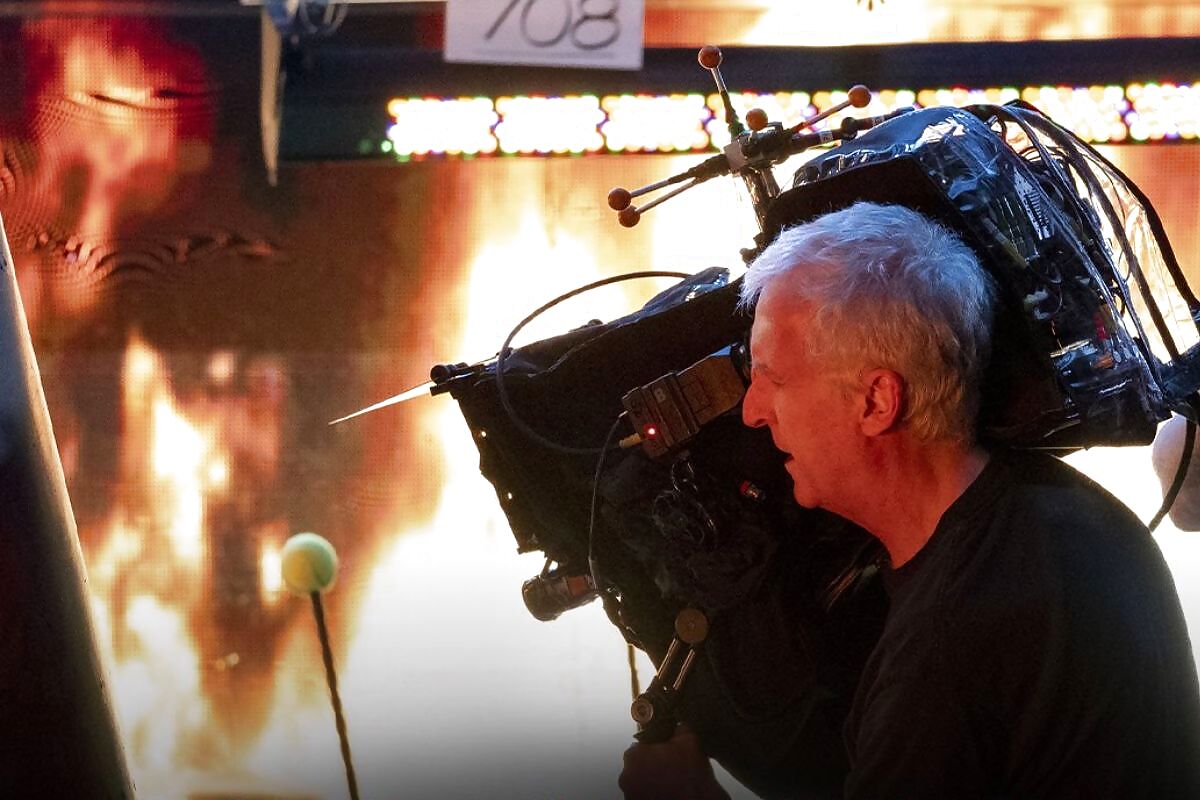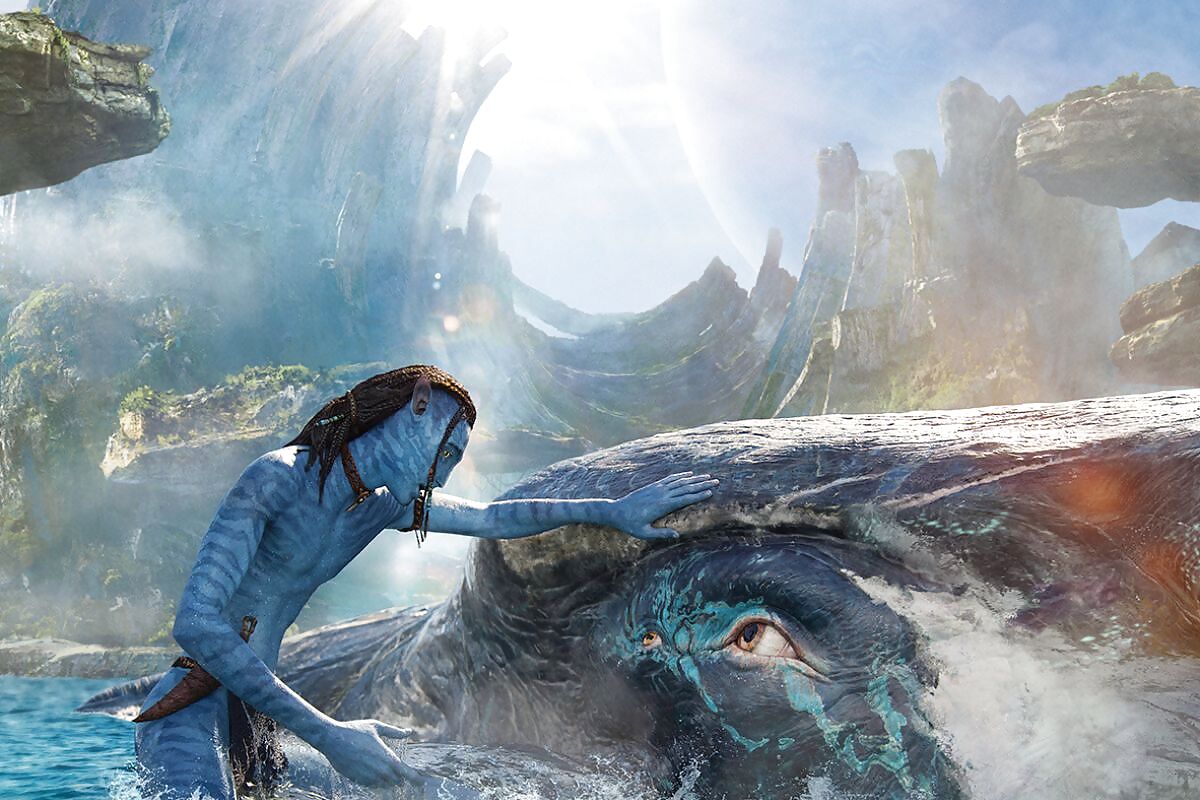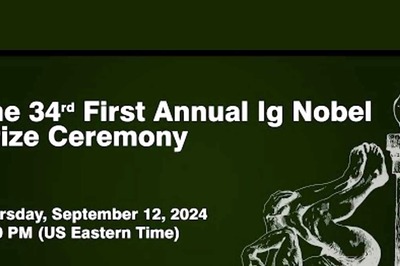
views
Everyone is excited about the release of Avatar’s sequel or ‘The Way of the Water’. Thirteen years in the making, the film has already won awards, captivated viewers with its futuristic visuals and is on its way to earn billions.
One of the top conversations about the film lie in its technological innovations. James Cameron has gone out of his way to assure that no tech impediments of our time hamper his vision.

News18 gives you a look at what these were:
First, a List Before the Deeper Look:
According to a report by Nerdeo, Avatar made use of a number of tech innovations in the film. Some of these are:
CGI: The use of CGI, or computer-generated images, was extensive in Avatar. This method was first used in Robert Zemeckis’s legendary adaptation of Beowulf. But what does this mean? Nerdeo explains that when Cameron pointed the camera towards the actors while shooting for Avatar, they were not seen as humans but as their on-screen avatars (generated by computers) and this happened in real time.

The Application of Simul-cam: The findings of the motion capture were recorded in real time to give the Avatar world a more realistic appearance. Using this method, the director may see the virtual setting of an action shot in real time.
Animated digital media: The experienced team, which included James Cameron and dozens of artists, spent nearly a year transferring their work onto images that appeared like real photos. The time spent paying close attention to every element in the frame, from the rocks and trees to the tiniest of leaves, was well spent. Each of these was created from scratch utilising cutting-edge methods (shading, lighting, and so on). One thousand terabytes (1 petabyte) of hard drive space were utilised by these methods.
The motion picture event of a generation is finally here.Experience #AvatarTheWayOfWater now playing only in theaters. Get tickets: https://t.co/9NiFEIHBie pic.twitter.com/q0BpawCpOp
— Avatar (@officialavatar) December 16, 2022
Facial-recognition headset: The film’s actors used a head-mounted camera gear to capture their on-screen performances. It was utilised to take high-quality digital photographs of their faces. The computer-generated characters’ facial expressions were captured in full motion thanks to these digital stills.
Alterations to replace functional components: Additional dialogue replacement, or ADR, is typically used when a director sees the need to introduce dialogue or make it more explicit. Nonetheless, there are times when editing the language could result in lip movement that doesn’t match the spoken words. However, the filmmaker may need to employ a wide angle or a head shot from behind to introduce new language. Despite these challenges, Cameron was able to come up with an entirely new method of superimposing a new dialogue or facial scan over an existing performance.

A 3D fusion camera system: In 2003, Cameron utilised this method in his film Ghosts of the Abyss. Multiple filmmakers have since adopted this method to add a distinctively original spin to their films.
The Underwater Tech
Fan knowledge of Cameron’s efforts to refine the underwater technology before filming Avatar 2 is not new, but it did not fail to enthrall people. Cameron, when speaking with EW, elaborated on the technology and its advantages over more conventional approaches. Cameron spoke about side-by-side comparisons of the conventional and his newly developed (and quite pricey) way to reassure followers of the stark contrast between the two approaches.

(Image: Twitter @samosasaurus)
“My colleagues within the production really lobbied heavily for us to do it ‘dry for wet,’ hanging people on wires. I said, ‘It’s not going to work. It’s not going to look real.’ I even let them run a test, where we captured dry for wet, and then we captured in water, a crude level of our in-water capture. And it wasn’t even close,” Cameron was quoted as saying by Screenrant.
Behind the scenes of Avatar’s performance motion capture.James Cameron’s #Avatar was nominated for nine Academy Awards including three wins for Art Direction, Cinematography and Visual Effects. pic.twitter.com/4JvWtbdliV
— The Academy (@TheAcademy) December 16, 2022
It has been said that the majority of Avatar 2 takes place in and around the water, focusing in particular on the children of Jake Sully (Sam Worthington) and his Na’vi wife, Neytiri. This was made possible by the construction of a 900,000-gallon water tank for the sequels (Zoe Saldana). Cameron intended to shift the focus of the Avatar sequels from the lush jungles and woods of Pandora to the ocean, so he invested in the necessary equipment.
According to reports, the type of underwater mo-cap utilised in Avatar 2 and 3 is unique.
All of the actors in the film are certified scuba divers who underwent special training to enable them to hold their breath for extended periods of time during filming. Cameron claims that both Sigourney Weaver and Kate Winslet were able to hold their breath for up to seven and a half minutes during filming.
Winslet’s dedication wowed producer Jon Landau, who gushed, “One day as I was passing, I glanced down and saw Kate Winslet strolling down the tank’s floor. When she reaches the end of the wall and spots me in the window, she waves, turns around, and walks back the distance she came.” Cameron used experienced underwater dance and gymnastics instructors to film in place of the actors during the film’s most complex parts. The gymnasts were able to complete their routines with grace and precision in the water without disrupting the performance-capture equipment with air bubbles, Screenrant reported.
Read all the Latest Explainers here

















Comments
0 comment